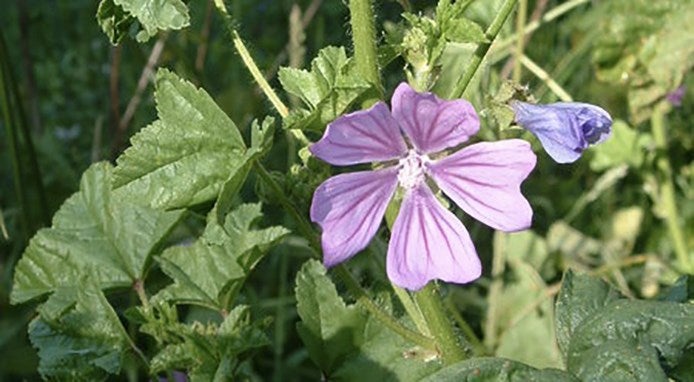The use of unusual ingredients, such as edible flowers or edible plants, is not a prerogative of famous chefs; wouldn’t it be fun to learn which wild plants and flowers can be used in cooking? This computer graph by Uk Oak Doors provides a practical guide to edible wild plants; over 16 different natural ingredients are indicated as being edible without causing any unpleasant side effects, whether it is a question of survival or a simple desire to create original recipes.
It is not always easy to understand whether a wild plant can be used as a cooking ingredient: for instance, it is better to refrain from eating mushrooms if you are not completely sure they are safe, and neither can you assume that a certain type of grass is fit for human consumption just because an animal eats it.
But which wild plants and flowers can be used safely and in what ways are they good for us? Here is a list of 16 edible wild plants you can use in cooking.
DANDELION
























